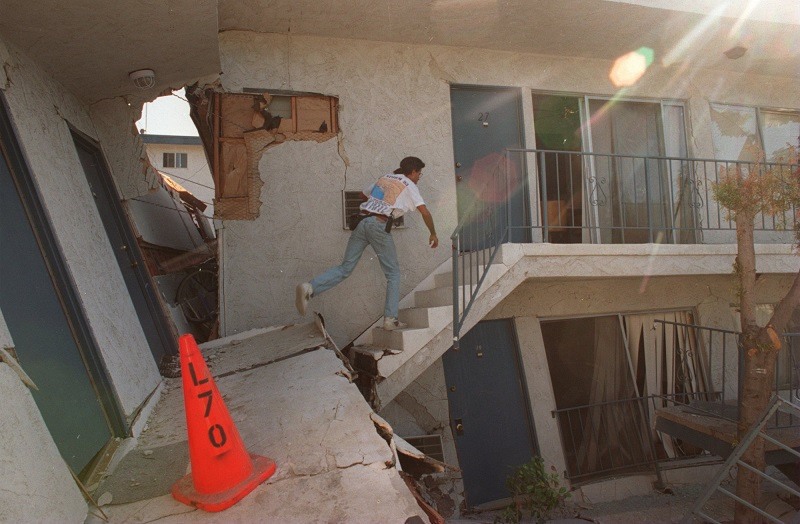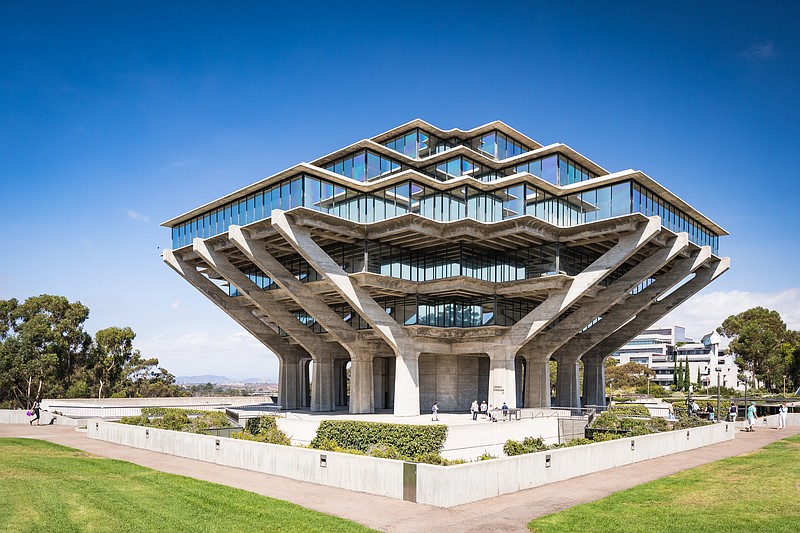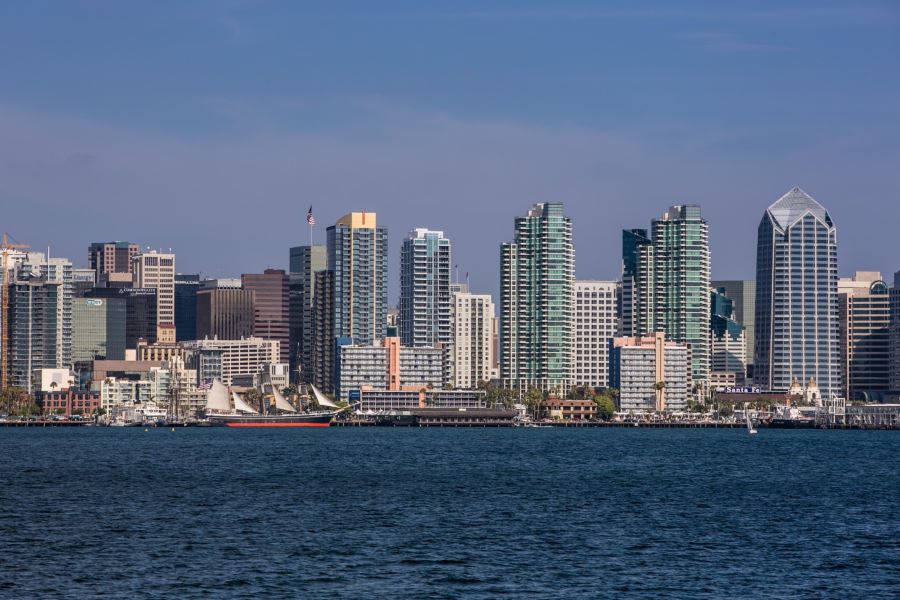The San Diego Union-Tribune recently published a list of questions submitted to the editor regarding multi-family properties and earthquakes.
Most asked whether HOAs should carry earthquake insurance, with some condo owners saying they thought it was “foolish” not to.
Yes, condos are different than apartments, but in this instance the two are very much the same: People living in potentially dangerous buildings are worried about earthquakes.

Photo Credit To Los Angeles Daily News
Are your tenants concerned?
If your building is one of these listed below, maybe you should be, too.
Structures generally considered at-risk for damage or failure in a major earthquake include:
- Soft-story: Wood-framed buildings with an open ground level typically used for tuck-under parking, with one or more stories of dwelling units above. Extremely popular as a means of conserving lot space, buildings of this type constructed prior to 1978 have been proven vulnerable to collapse from seismic activity.
- Unreinforced Masonry: These structures are characterized by walls and other building components made of brick or other masonry materials not braced with rebar or another reinforcing material. These facades can collapse during an earthquake. Most of these buildings were identified as part of an earlier state mandate, but there are still thousands that have yet to be retrofitted.
- Tilt-up: Tilt-up construction is a cost-effective technique of pouring a building’s walls directly at the jobsite and then raising or “tilting” the panels into position. Many of these structures built prior to the 1970s were constructed with limited or weak roof connections and diaphragms that can fail during an earthquake.
- Non-ductile Concrete: These buildings are characterized as having concrete floors and/or roofs supported by concrete walls and/or frames. Their rigid construction and limited capacity of structures built prior to 1978 to absorb the energy of ground shaking makes them at risk for collapse.
- Steel Moment Frame: This building technique, used in the first skyscraper, was most commonly used in the 1960s to 1990s. Those constructed prior to 1994 can sustain brittle fracturing of the steel frames at welded points between the beams and columns.
Owners of earthquake-vulnerable buildings can realize many cost-benefits from a seismic retrofit. But there are countless social benefits as well.
The University of Southern California estimates that the financial toll from California’s next major earthquake would be staggering: $113 billion in building damage, $68 billion in business interruption, $11 billion in related costs.
This can have a devastating impact on a society, its housing market and its overarching economic stability.
This situation is further complicated when the homes lost reflect a large proportion of a community’s affordable housing stock. People without homes have a harder time reporting for work and that can hamper business activity.
The potential impacts on small business, which employs 56.8 million people representing 48 percent of the U.S. workforce, is particularly troublesome when considering that many of these enterprises occupy the very buildings that are at risk of failure during an earthquake.
Why is it Important?
The more we have learned about seismicity, ground motion and engineering, the more we recognize the potential for massive destruction in our communities and — more importantly — how to guard against it.
Clearly, the issue of earthquake resilience impacts everyone.
When it comes to apartment buildings, preparing for the “Big One” is frequently left to individual property owners to decide. Yet the failure to address structural weaknesses can have widespread and devastating effects. Resilience is a cause of the utmost personal, social and economic concern.
Ultimately, seismic retrofits of our vulnerable buildings keep entire societies healthy. And that’s good for everyone.







Leave A Comment